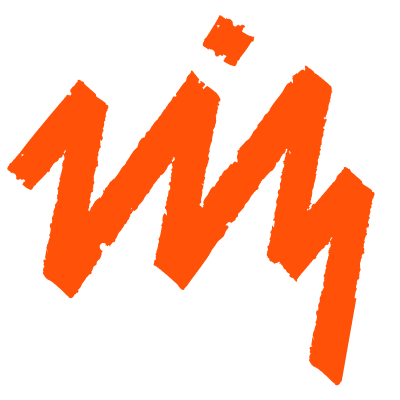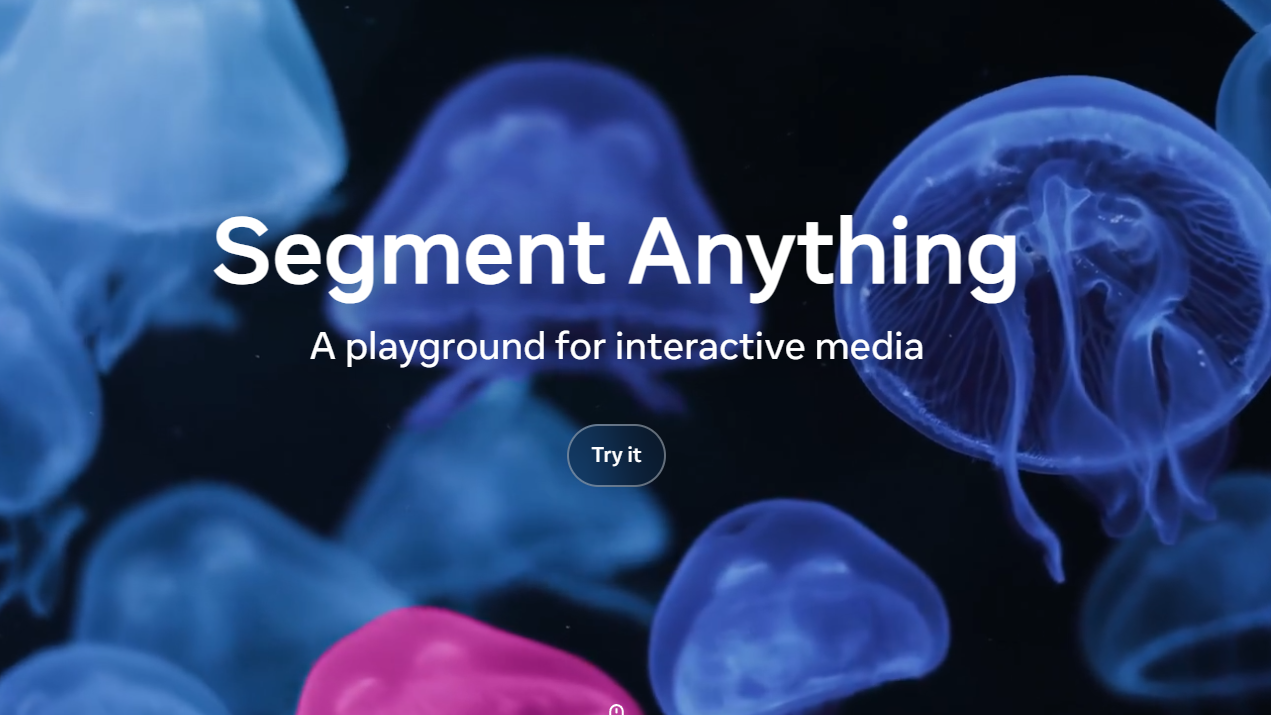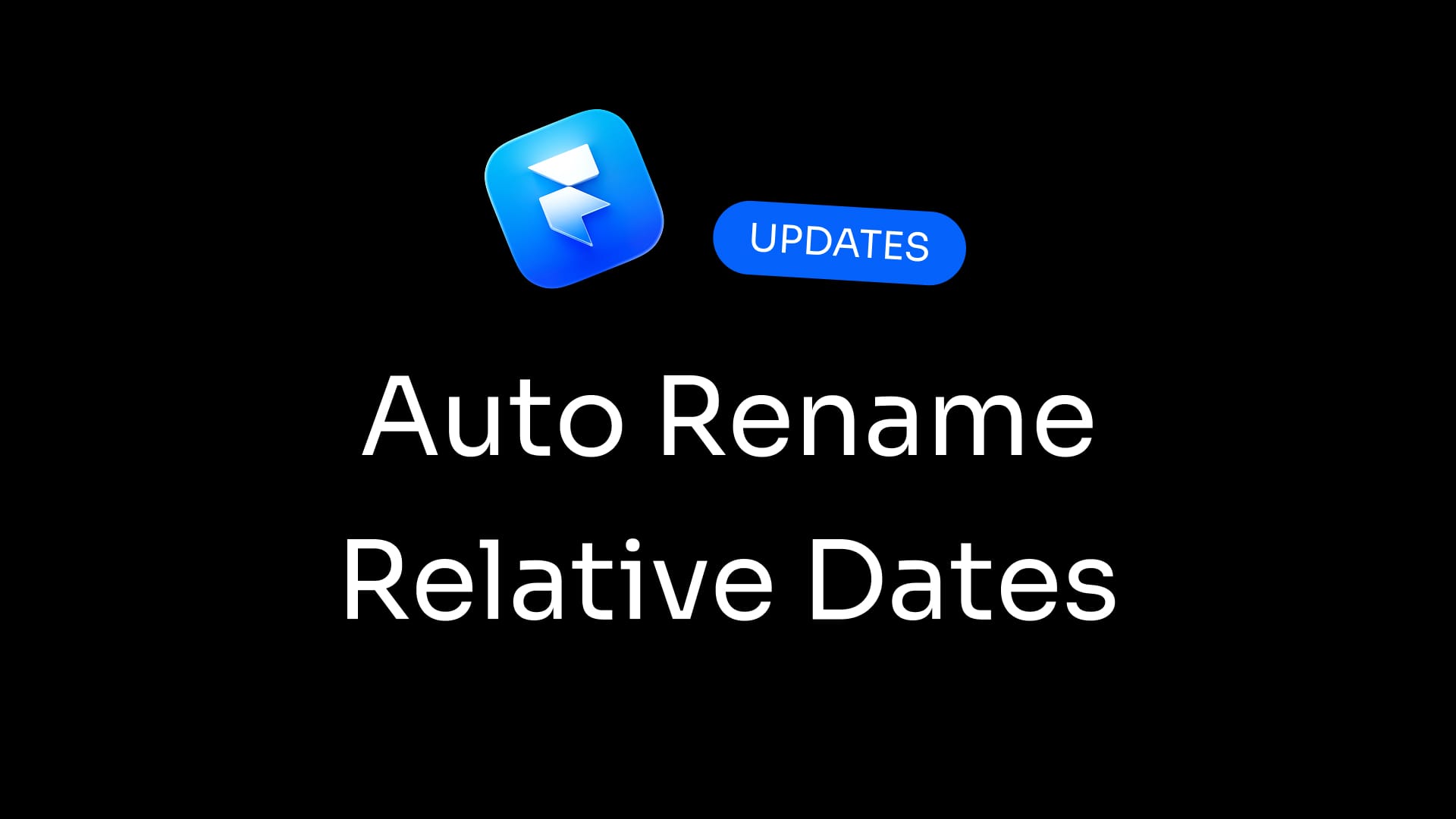The Design Tokens Community Group announced the first stable version of the Design Tokens Specification (2025.10) on October 28, 2025, establishing a production-ready, vendor-neutral format for sharing design decisions across tools and platforms. This milestone addresses years of fragmentation in design systems management, where teams previously juggled dozens or hundreds of token files manually across proprietary formats.
Solving Design Systems Fragmentation
Design tokens serve as the single source of truth for colors, typography, spacing, and other design decisions in modern design systems. Before this specification, teams maintaining multi-brand design systems faced significant drift, errors, and maintenance overhead due to incompatible tool-specific formats. The new standard provides cross-tool interoperability through standardized JSON formatting, eliminating the need for bespoke integration code between design and development tools.
Key Features in 2025.10


The stable specification introduces four critical capabilities for scaling design systems:
Theming and multi-brand support enables teams to manage light/dark modes, accessibility variants, and brand themes without file duplication through the $extends property and group inheritance. Modern color specification includes full support for Display P3, Oklch, and all CSS Color Module 4 color spaces, allowing designers to work with wide-gamut colors that match contemporary design tool capabilities. Rich token relationships support inheritance, aliases, and component-level references through both curly brace syntax ({token.name}) and JSON Pointer notation for sophisticated design system architectures. Cross-platform consistency allows one token file to generate platform-specific code for iOS, Android, web, and Flutter through translation tools.
Industry Support and Adoption
More than 10 design tools and open-source projects currently support or are implementing the standard, including Penpot, Figma, Sketch, Framer, Knapsack, Supernova, and zeroheight. Reference implementations exist in leading tools such as Style Dictionary, Tokens Studio, and Terrazzo. Style Dictionary version 4 includes first-class support for the DTCG format, providing conversion tools and transformation capabilities for the specification.
"The DTCG spec v1 gives the industry a stable foundation," said Mike Kamminga from Tokens Studio. "By solving multi-file support, theming, and including advanced color support, it unlocks an agnostic design systems and tooling ecosystem."
Technical Architecture
The specification uses JSON as its interchange format based on ubiquity, human-readability, and widespread tooling support. Design token files use the recommended media type application/design-tokens+json and file extensions .tokens or .tokens.json. All specification-defined properties are prefixed with the dollar sign ($), including required properties like $value and $type, plus optional properties for $description, $extensions, and $deprecated.
The format supports composite types for complex design properties like shadows, gradients, borders, and typography that combine multiple sub-values following pre-defined structures. Token values can reference other tokens through aliases using curly brace syntax for complete token values or JSON Pointer notation for property-level references.
Collaborative Development Process
The specification was developed by more than 20 editors and authors with contributions from dozens of participants through GitHub issues and community discussions. Organizations represented include Adobe, Amazon, Google, Baidu, Sony, Microsoft, Meta, Sketch, Salesforce, Shopify, Figma, Framer, Cisco, Intuit, New York Times, GM, Disney, Anima, Pinterest, Tokens Studio, Penpot, Knapsack, Supernova, and zeroheight.
"The specification unlocks interoperability across design tools and code," said Kaelig Deloumeau-Prigent, co-chair of the Design Tokens Community Group. "Design systems teams can now maintain one source of truth that works everywhere – from design to production code across iOS, Android, and web."
Pablo Ruiz-Múzquiz, CEO of Penpot, emphasized the broader ecosystem implications: "It means tools can become platforms and platforms can become interoperable. It's a much needed breath of fresh air for the Design ecosystem."
Implementation and Resources
Design systems teams can start exporting tokens in the stable format and provide feedback through GitHub issues at the community group repository. Tool makers can implement the specification to access the ecosystem of interoperable design tools, with full documentation, examples, and implementation guidance available at designtokens.org. The Design Tokens Community Group operates as a W3C Community Group with open membership for designers, developers, and tool makers.
The specification reflects real-world use cases from design systems teams at companies of all sizes, with the open standard ensuring no single vendor controls the format. This gives teams freedom to choose the best tools without compatibility concerns while maintaining long-term interoperability.
















